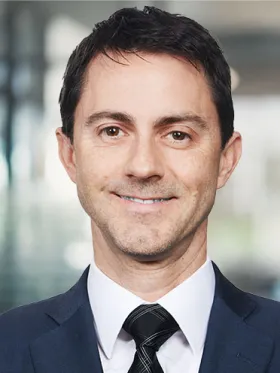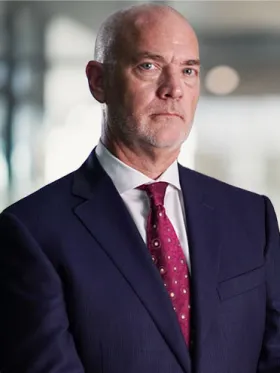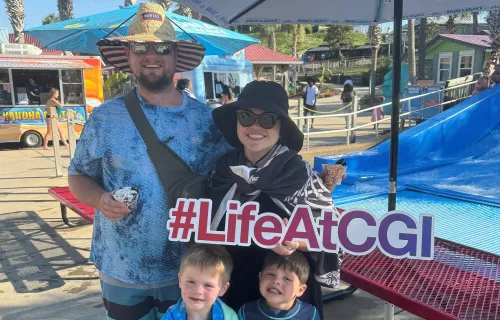Hiring mid-career professionals is common, but it comes with some potential difficulties. It can take a long time to find the right team for the new hire, and then more time to integrate them into CGI. Unlike new graduates without preconceived expectations or prior work experience, more seasoned professionals often need time to identify their key skills, skill gaps and company culture habits they need to unlearn.
With a notional idea of how to address this problem, we started looking at capstone programs in universities. Here are groups of college students with no practiced skills, who end the semester able to build functional, effective applications. Is that something we could replicate if we were limited to meeting one day a week over a period of several weeks? We don’t always need to start from scratch with mid-career professionals, but upskilling is an ongoing need.
We noticed a common thread among the successful capstone programs: Rather than teaching the skills directly, professors equipped their students with the tools they need to find answers and resources equipping them with a growth mindset—they become proactive self-teachers rather than waiting for help. We wanted to incorporate that into our own approach, which was the intent behind the Enterprise Skills Program (ESP).
Aligning to the success of our long standing onboarding program, we developed training in our approach to software development. We chose a few tracks in our internal training resource, and we added a scaffolded set of labs—each one building on the last to facilitate ongoing growth of skills. Our goal was to have our trainees follow our principles of code work, teaching them enough that they wouldn’t be lost, but leaving enough open so that they could find their own paths to solving problems. On the job, instructions are sometimes vague or incomplete intentionally; knowing how to research topics to fill in gaps is invaluable.
We select and hire candidates specifically to go through this program with the intent to fill key positions. They are best-fit candidates for the program as need them ready to operate in an Agile environment, ready to hit the ground running at the end of the ESP. However, as the program expands, we plan to open it to current employees as well who are interested in upskilling.
We initially developed a low-code track, and are now developing a data analytics track which will debut soon. As the program evolves, we will align our recruiting and upskilling efforts with CGI’s business strategies. We need to meet our current needs and our future strategic needs, which requires planning and diversification.
The program will provide significant benefit for account teams, bringing them people who are trained on the latest technologies and already vetted.
In their own words—ESP graduates on the experience
Jennifer Toops
I had been freelancing for a while and looking for full time work. A recruiter from CGI reached out, and we talked about CGI being flexible and family friendly.
The ESP was very organized. We started with a deep dive into Java, then I moved to the low-code track. I didn’t have a background in Java, so the first week was difficult for me. There was a lot of support and help within the cohort.
Jason Rowland
My only job had been a very small startup with a very small team. When that was over, I felt like a needed to go for a junior developer role in a larger company. I started putting feelers out and a CGI recruiter messaged me to talk about the program. Six weeks of getting paid to train sounded good.
I didn’t know much about Java, and some of the people in the program had a lot more experience with it. It could have easily felt competitive and lot scarier. I think a situation like this lends itself to imposter syndrome more than a typical work environment might. With some of the people having more experience, It can feel like, ‘these people know what they’re doing, I don’t belong here.’ Sean and David did a great a job of creating a good environment.”
Michael Englehart
I worked for my dad’s auto parts store, and did some programming there. When I came into CGI and the ESP, I thought I already knew a lot. I came out knowing a lot more.
Now I’m doing microservices development on Sunflower using the Java Spring Framework, which I learned in ESP. If they had thrown me on this without that program, it might have been scary. I would have figured it out, but having this buffer zone helped a lot.
For more information on ESP, contact Sean or David.
Read more CGI member stories in the Life at CGI blog series.
Want to join us? Find your next opportunity at CGI Careers or join our talent network.






